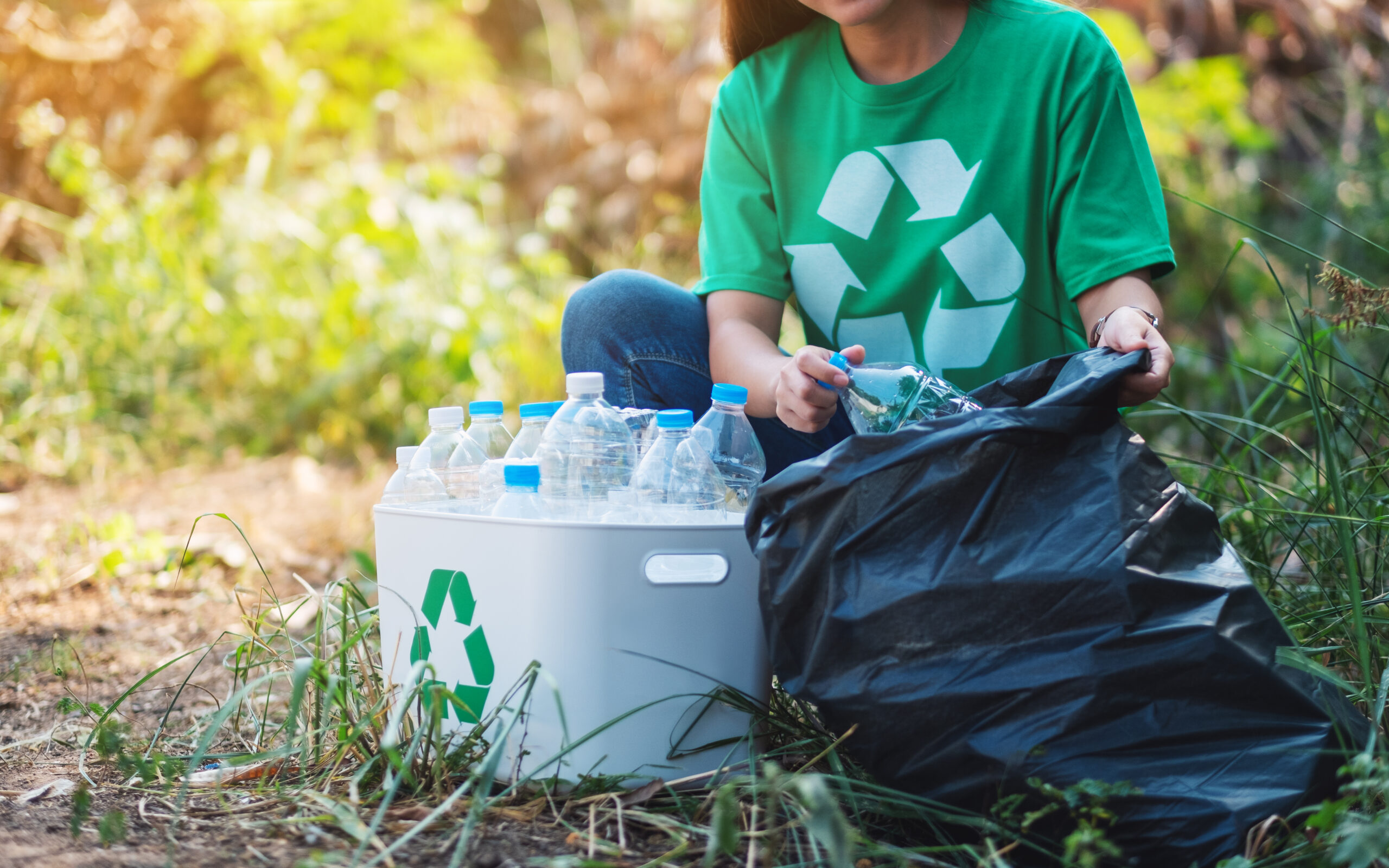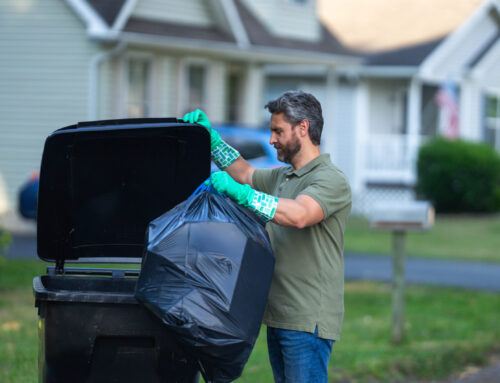
As the global population grows and urbanization intensifies, the amount of waste generated continues to rise. Managing this waste is a significant challenge for cities and municipalities across the world. In the face of these challenges, garbage collection and recycling have emerged as essential components of sustainable waste management. By working together, these systems reduce landfill waste, conserve resources, lower greenhouse gas emissions, and create new economic opportunities. This partnership between garbage collection and recycling is critical to building a greener, more sustainable future.
The Importance of Waste Management
Proper waste management is crucial for maintaining public health, environmental protection, and the quality of life in communities. Without effective waste management systems, trash would accumulate in the streets, leading to unsanitary conditions, air and water pollution, and increased risks of disease outbreaks. Waste management systems, therefore, play an important role in keeping cities clean and safe.
However, traditional waste disposal methods, such as sending garbage to landfills or incineration, have significant drawbacks. Landfills occupy vast amounts of land, contribute to soil and water contamination, and produce methane gas, a potent greenhouse gas. Incineration, while reducing waste volume, generates harmful emissions and may release toxic chemicals into the atmosphere. As concerns about climate change and environmental degradation grow, there is increasing pressure to adopt more sustainable waste management practices.
This is where recycling comes into play. Recycling not only helps reduce the amount of waste sent to landfills but also conserves valuable natural resources, reduces energy consumption, and lowers the environmental impact of manufacturing new products. By integrating recycling into garbage collection systems, cities and communities can transform waste into valuable resources, contributing to a greener and more sustainable future.
How Garbage Collection and Recycling Work Together
Garbage collection and recycling are interconnected systems, each playing a unique role in the waste management process. The garbage collection system is responsible for gathering waste from homes, businesses, and public spaces, transporting it to disposal facilities, and ensuring that it is processed in an environmentally responsible manner. Recycling programs, on the other hand, focus on collecting and processing materials that can be reused or repurposed.
Curbside Recycling Programs
One of the most common ways garbage collection and recycling work together is through curbside recycling programs. In many cities, residents are provided with separate bins for general waste and recyclables. Garbage trucks dedicated to collecting recyclables transport these materials to recycling facilities, where they are sorted, cleaned, and processed into raw materials for manufacturing. Curbside recycling programs make it easy for residents to participate in recycling, helping to divert significant amounts of waste from landfills.
Dual-Stream vs. Single-Stream Recycling
Recycling systems can be divided into two main types: dual-stream and single-stream recycling. In dual-stream recycling, residents are required to separate recyclables by material type, typically into paper/cardboard and plastics/metals/glass. This system can improve the quality of recyclables but requires more effort from residents. In single-stream recycling, all recyclables are placed in one bin and sorted later at a recycling facility. While more convenient, single-stream recycling can result in higher contamination rates, which can reduce the effectiveness of recycling efforts. Regardless of the system used, collaboration between garbage collection and recycling is essential for ensuring that recyclables are properly handled and processed.
Recycling Centers and Transfer Stations
After recyclables are collected from homes and businesses, they are transported to recycling centers or transfer stations. At these facilities, recyclables are sorted by type—such as plastics, glass, paper, and metals—using a combination of manual and automated processes. Powerful magnets extract metals, air jets separate lightweight materials, and optical sensors detect and sort plastics by type. Once sorted, recyclables are processed and sold to manufacturers who use the raw materials to create new products.
Public Education and Awareness
Garbage collection services often partner with local governments and environmental organizations to educate the public about the importance of recycling. Public awareness campaigns, informational materials, and community programs teach residents how to properly sort their waste, reduce contamination in recycling bins, and understand the benefits of recycling. Through these efforts, communities are encouraged to embrace recycling as a crucial part of their waste management routine, further strengthening the partnership between garbage collection and recycling.
Environmental Benefits of Recycling
The collaboration between garbage collection and recycling provides numerous environmental benefits, making it a cornerstone of sustainable waste management. Some of the key environmental advantages of recycling include:
Resource Conservation
Recycling helps conserve natural resources by reducing the need for extracting raw materials. For example, recycling aluminum saves up to 95% of the energy required to produce new aluminum from bauxite ore. Similarly, recycling paper reduces the need for cutting down trees, preserving forests and ecosystems. By recycling materials like plastics, metals, and glass, we can reduce our dependence on finite resources and minimize the environmental impact of mining, drilling, and deforestation.
Energy Savings
Recycling typically requires less energy than producing new materials from scratch. For example, recycling plastic bottles into new bottles uses significantly less energy than manufacturing new ones from petroleum-based raw materials. This energy savings translates into lower greenhouse gas emissions and a reduced carbon footprint. Recycling can, therefore, play a crucial role in mitigating climate change by decreasing the energy consumption associated with manufacturing.
Reducing Landfill Waste
By diverting materials from landfills, recycling helps extend the lifespan of existing landfills and reduces the need for new landfill sites. Landfills produce methane gas, a potent greenhouse gas that contributes to global warming. By recycling materials that would otherwise end up in landfills, we can reduce methane emissions and minimize the environmental harm associated with landfill waste.
Pollution Reduction
Recycling helps reduce the pollution associated with the extraction, processing, and disposal of raw materials. For example, recycling paper reduces the need for tree harvesting and the energy-intensive process of turning wood into paper. Similarly, recycling metals like steel and aluminum reduces the need for mining, which can result in soil and water contamination. By promoting recycling, garbage collection services help reduce the environmental impact of waste disposal and resource extraction.
Challenges and Opportunities
Despite the numerous benefits of recycling, there are also challenges that must be addressed to ensure that recycling systems operate effectively. Contamination in recycling streams is one of the most significant issues facing recycling programs. When non-recyclable items—such as plastic bags, food-contaminated containers, or electronics—are placed in recycling bins, they can damage sorting machinery or lower the quality of the recyclables, making them less valuable or unusable. To combat contamination, ongoing public education and stricter sorting guidelines are essential.
Another challenge is the cost of recycling programs. While recycling can generate revenue through the sale of raw materials, it also requires investment in infrastructure, such as recycling facilities and specialized trucks. Local governments must balance these costs with the environmental benefits of recycling. However, advances in recycling technology, such as AI-driven sorting systems, offer new opportunities to improve the efficiency and cost-effectiveness of recycling programs.
A Partnership for a Greener Future
The partnership between garbage collection and recycling is crucial for building a greener, more sustainable future. Together, these systems reduce the amount of waste sent to landfills, conserve valuable resources, lower energy consumption, and mitigate the environmental impact of waste disposal. By continuing to strengthen this partnership, communities can contribute to a healthier planet and a more sustainable future.
As individuals, we can support these efforts by participating in recycling programs, properly sorting our waste, and reducing contamination in recycling streams. By working together, we can ensure that garbage collection and recycling remain vital tools in the fight against environmental degradation and climate change, creating a cleaner, greener world for future generations. Call AAA Sanitation & Garbage Removal today!
AAA Sanitation & Garbage Removal
79 Business Dr Ste A
Hull, GA 30646
(706) 543-7788
https://aaasanitationco.com/






Leave A Comment